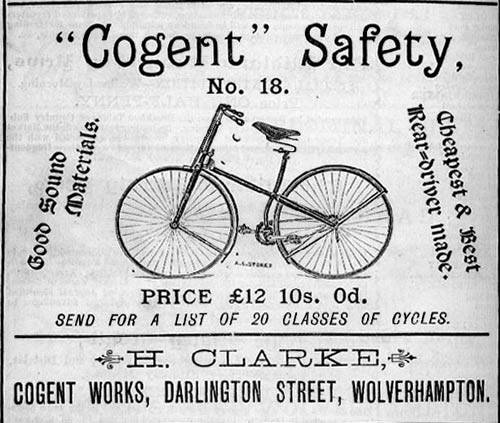Olivier Brothers - Aimé, René, and Marius Olivier
Early history of bicycles cannot be told without explaining the involvement of Oliver brothers in the initial popularization and mass production of first bicycles (then called velocipedes). Their exploits started the world’s first craze about bicycles that gave incentive to countless inventors to continue examining the possibilities of enhancing the possibilities of modern bicycles, a trend that became especially present in England where bicycles were welcomed with open arms.
Olivier brothers (Aimé, René, and Marius) lived in Lyon in a wealthy family that owned several chemical plants, and were first who recognized potential for commercial industry based on bicycles. They first become interested in velocipedes during their studying years in Paris where they met several inventors whose designs peaked their interests. After testing first ever velocipedes with pedals, they decided to form a new factory that would make those bicycles for the French customers that became obsessed with new modes of transport.
While they were responsible for managing business aspect of the bicycle manufacture and sales, two other persons helped them with concrete bicycle design expertise. Those two inventors were Pierre Michaux who became their partner, and Pierre Lallement who is the person that many modern historians are claiming that was the first man who attached rotary crank and pedals to the dandy horse velocipede.
Bicycle business of Olivier Brothers was active during the first “bicycle craze” that happened in France between 1867 and 1869, with René Olivier being in charge of the Michaux company and the entire French bicycle industry of that time. In 1869, Pierre Michaux left the brothers and formed his own Compagnie Parisienne bicycle factory, however the bicycle craze ended that year because of the military conflicts that threatened France and forced all factories to focus on producing military equipment.
While the bicycle craze ended in France and USA in 1869, English inventors continued to develop bicycle industry with incredible pace over the next few decades. By the end of the century, penny farthings and safety bicycles were developed and worldwide industry of bicycles grew to incredible levels.
